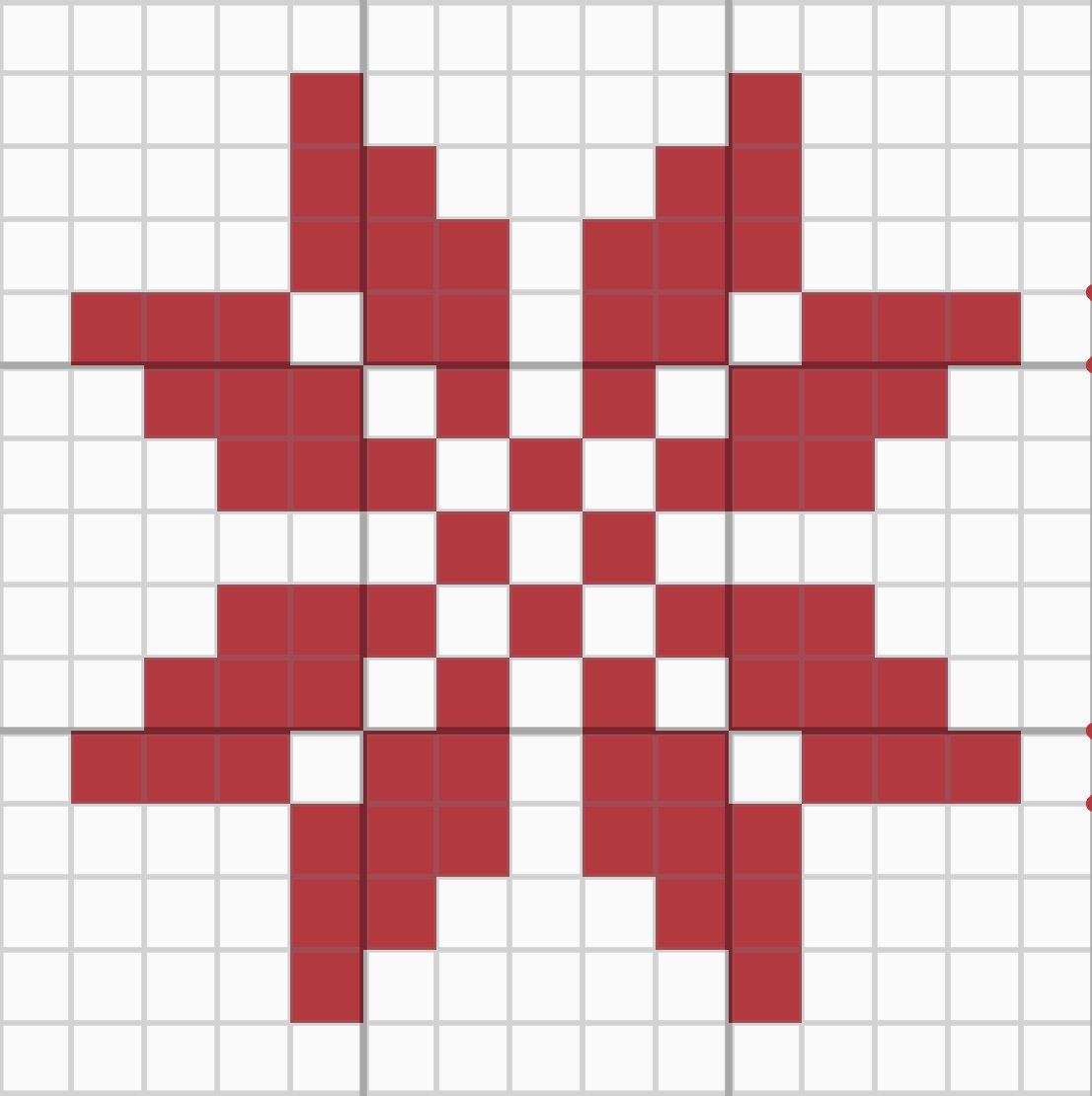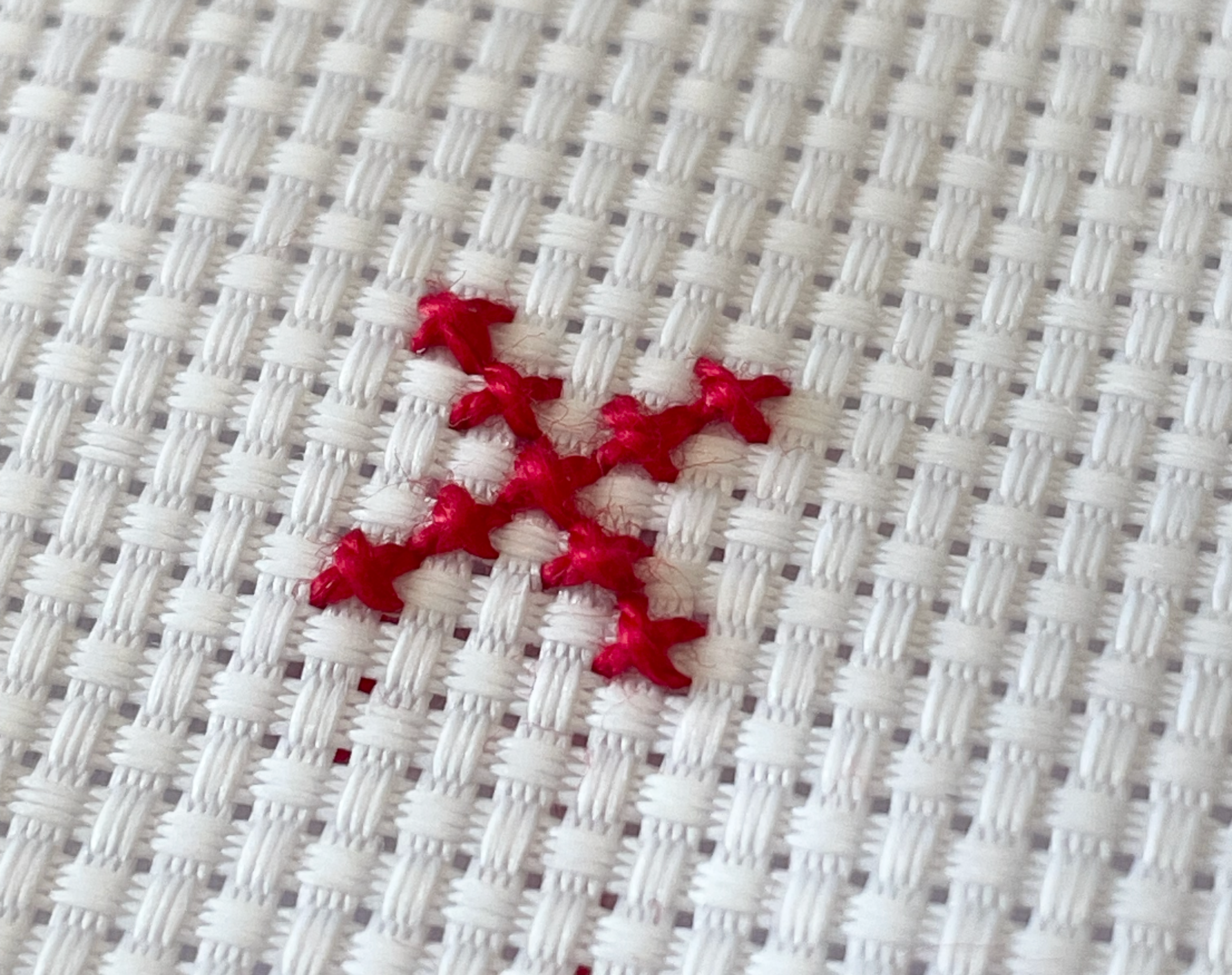What is a Sampler
Among the fascinating aspects of Tatreez is the concept of samplers. In this post, we will dive into the world of Tatreez samplers, exploring their significance, purpose, and how they serve as an excellent learning experience for aspiring embroidery enthusiasts. Towards the end of this post, an example of a sampler is provided, bringing the concept to life.
What is a Tatreez Sampler?
A Tatreez sampler is a piece of cloth that serves as a canvas for incorporating various motifs, patterns, and stitches. Tatreez samplers act as valuable tools for learning and skill development. By working on a sampler, beginners can familiarize themselves with the basics of Tatreez embroidery. It allows for the exploration of different motifs, refining techniques, improving stitch tension, and achieving consistent and precise embroidery results.
Motifs Through Time
A motif in Palestinian embroidery represents a pattern with a name typically relating to nature or social life. The act of naming these designs facilitates communication and the commissioning of patterns among women.
The early stages of Palestinian embroidery are marked by geometric patterns, including triangles and squares, some of which remained abstract while others took on representations like flowers (roses) and iconic symbols such as the cypress tree.
The Gaza cypress tree is featured on the left, while the Yaffa cypress tree is depicted on the right side.
However, this began to change in the late nineteenth century, with different regions opting for more curvilinear motifs, influenced by European foreigners. Foreign inspired patterns introduced elements like birds, wreaths, and human figures.
Embroidered sampler
To illustrate this shift, we can examine this sampler displaying the influence of European motifs introduced through copybooks in the 1930s. The popularity of wreath patterns grew, becoming integrated into various Palestinian costumes.
© The Trustees of the British Museum As1968,12.2
Foreign Moon (Qamar) motif
This can also be seen in motifs labeled as "foreign," implying their adoption of pattern books. For instance, the Foreign Moon (Qamar) motif in Lydd, Ramallah, and Al Khalil areas, while not strictly curvilinear, carries indications of its foreign influence.
Tatreez Samplers
© The Trustees of the British Museum As1981,23.4
© The Trustees of the British Museum As1981,23.5
How to Create a Sampler
Gather your Materials
Aida cloth (11 count preferably for beginners)
Aida cloth size depends on your design collection size
Size 8 pearl cotton thread or embroidery floss (kept as is, or separated into strands of 3 or 2)
Tapestry needle Size 24
Embroidery scissors
Create your Design
Collect various traditional motifs and group them together as you like. Creating a mosaic. You can choose to arrange motifs of your choice into rows or columns.
Refer to Recommended Resources for motif inspiration.
You may use design software like Grid Designers to create one.
Make sure your design fits within the dimensions of your fabric.
Prepare Aida cloth (Optional)
Securing edges to prevent fraying by using sewing thread or masking tape.
Begin Stitching
Sampler Example
This sampler was designed to practice different border motifs, particularly inspired by the rich variety found in traditional Palestinian thobes. By experimenting with various options, you can select the most suitable motif for upcoming projects.
This sampler also serves as a great way to identify designs that are relatively straightforward to stitch and those that might pose challenges or lead to mistakes if not approached with focus.
Can you spot the small extra stitch error in this sampler?
Embroidery floss, separated into four strands, was used in creating this sampler. Knotless ends were utilized on the back of this sampler by threading the end of a thread through previous stitches, ensuring a neat finish. It was stitched using a size 24 tapestry needle, recommended for this example as tapestry needles are more suitable when working solely with aida cloth, as sharp-ended embroidery needles are unnecessary.
Close Up Motifs
Displaying and Preserving Samplers
Once a Tatreez sampler is completed, it can be framed or kept as a treasured artwork. Displaying samplers allows you to showcase your progress and celebrate the intricate beauty of Tatreez embroidery.
Tatreez samplers are beautiful creations and invaluable tools for learning, skill development, and personal expression. These small yet meaningful projects allow embroidery enthusiasts to delve into the world of Tatreez, exploring motifs, stitches, and their cultural significance. So pick up your needle, thread, and Aida cloth, and let the world of Tatreez unfold before your eyes!
Sources
Gillian Vogelsang-Eastwood - "Encyclopedia of Embroidery of the Arab World"
Margarita Skinner - "Palestinian Embroidery Motifs: A Treasury of Stitches 1850-1950"
Shelagh Weir - "Palestinian Costumes"
@tatreeztraditions
Don't forget to tag us on Instagram with your beautiful creations. We can't wait to see your creations and share in the Tatreez Tradition together!




































